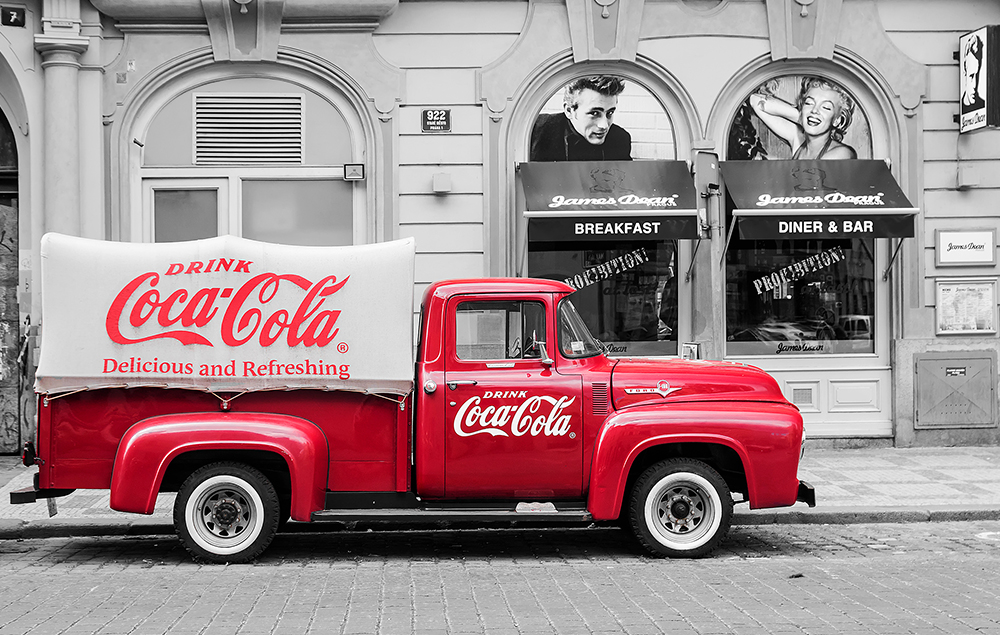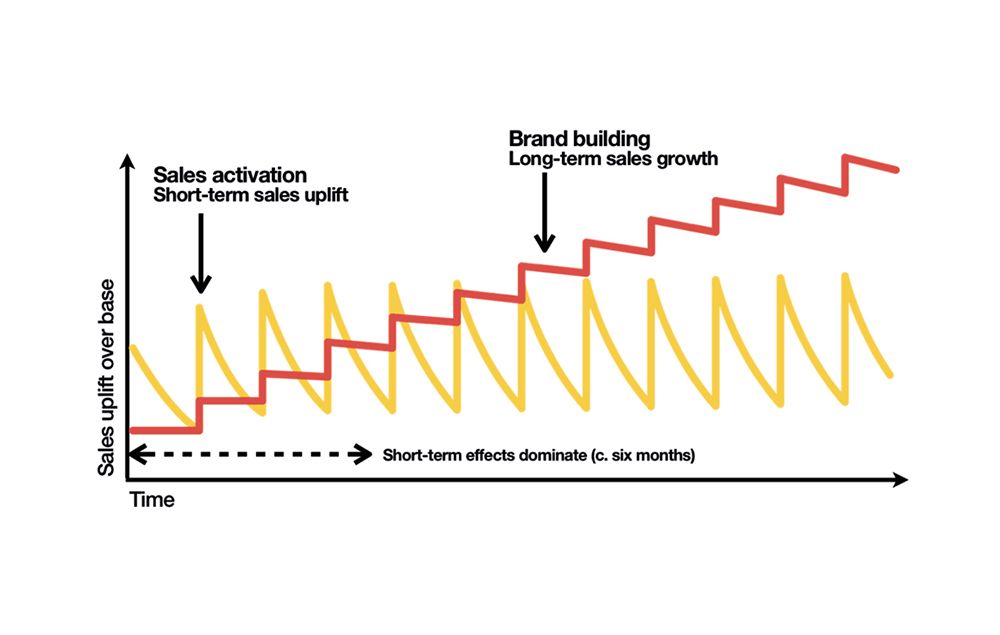Brands and their right to exist
-
 Dennis Damen / Brand Strategist
Dennis Damen / Brand Strategist
the origin of brands
For the emergence of brands, we can go back to Greek and Roman antiquity, where available products from then 'shops' were already depicted on exhanges. Moments later, the paint stamps with the print of a signet ring came to guarantee the authenticity of a message.
In the Middle Ages, family weapons and regional weapons were created as a beacon of recognition. The symbolic elements represented their values, such as a lion stood for strength. In Scotland they even translated this to the identity through their own color scheme and diamond pattern. In addition, product -related weapons such as masters and guild signs were also created. Such a mark offered a guarantee for a certain quality level in a specific craft or industry.
During the industrial revolution, local products were also sold nationally due to better infrastructure. To indicate the origin and distinguish themselves from the local products present, they were given a name, logo and unique packaging.
What makes a brand different from a company?
Indicating the origin is still the most important function of a brand. The brand must enable the customer to distinguish the goods and services from one company from the other. Where the company is the operational entity that provides goods or services, the brand represents the identity, values and differentiations that buyers experience.
brands today
In recent decades, the influence of the brand has become increasingly greater. Consider the influence of the brand for Apple or Coca Cola. The brand represents a great financial value . And shareholders are getting more and more attention for the brand as part of this. This does not only apply to commercial organizations. Activities of non-profit organizations can also be seen as a brand and use this to achieve their objectives.
Nowadays, brands are no longer bound by only organizations, products or services; People, places and ideas can also brands that exert and resonate influence. The competition only seems to be increasing and everyone is increasingly aware of the importance of brands. It is therefore more important to get the distinctive character to the table and to use it to position you as a brand.

Definition of a brand
We now know how brands have originated and what the role of brands in today is. But what is the definition of a brand? There are now many definitions in circulation where the perspective in particular is different. Below are a number of well -known definitions:
"A brand is every sign that is able to distinguish the wares and services of a company and that can have a certain meaning for consumers in a material or immaterial sense" - Rik Riezenbos
"A brand really only exists in people's brains. It is a network of associations between elements in memory." - Giep Franzen
"A brand consists of a mix of energy flows that makes a product or service relevant, distinctive and credible for the target group" - Ruud Boer
I think the most complete is that of Ruud Boer RM. He not only assumes the Provider of the brand or of the consumer, but also looks at total experience. With the mix of energy flows, it refers to three types of energy flows that a brand can radiate to the consumer:
- The physical brand energy : this is the material that a brand offers, or the practical benefits (eg pampers> dry legs)
- The mental brand energy : this is the emotional and functional that a brand offers (eg pampers> happy baby)
- The spiritual brand energy : this is the intuitive and unconscious that a brand offers, the value you create (eg pampers> good mother)
Do you want to know more about the role of brands and in particular the value of your brand? Our brand strategists are happy to help you. We offer all kinds of services in the field of brand strategy .




























































Be inspired by our cases, insights and market trends.


